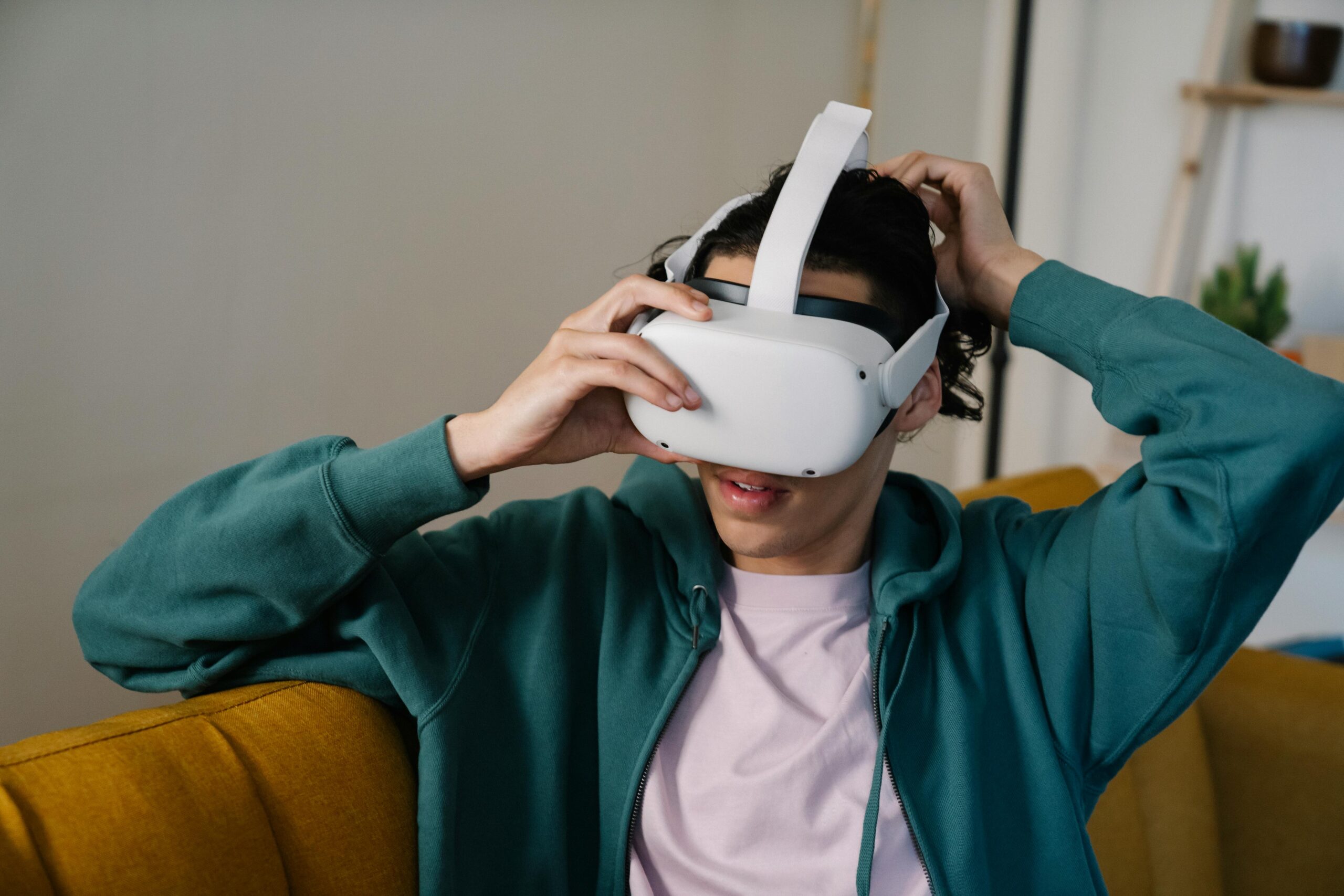
Immersive entertainment experiences are revolutionizing the way we engage with digital content, blurring the lines between reality and virtual worlds.
According to recent research by Deloitte, the global market for virtual reality (VR) and augmented reality (AR) is projected to reach $72.8 billion by 2024, driven by the growing demand for immersive entertainment across various industries.
From interactive gaming and virtual theme parks to immersive theater and experiential marketing, immersive technologies are reshaping the landscape of entertainment.
Immersive entertainment experiences transport audiences into captivating virtual environments, where they can interact with digital content in unprecedented ways. Virtual reality (VR) technology, which immerses users in fully simulated environments through head-mounted displays and motion-tracking controllers, has gained widespread popularity in gaming, education, training, and storytelling.
Augmented reality (AR) overlays digital content onto the real world, enhancing our perception of reality with computer-generated imagery and information. AR applications range from mobile games and interactive advertisements to navigation systems and educational tools, offering immersive experiences that seamlessly blend the virtual and physical worlds.
The rise of immersive entertainment is fueled by advancements in hardware, software, and content creation tools. High-resolution displays, motion sensors, and haptic feedback devices enhance the immersion and realism of virtual experiences, while sophisticated rendering engines and 3D modeling software enable creators to build lifelike virtual environments and characters.
Moreover, the democratization of immersive technologies has made them more accessible to consumers and content creators alike. Affordable VR headsets, such as the Oculus Quest and PlayStation VR, have brought immersive gaming and entertainment into the mainstream, while user-friendly AR development platforms, like Unity and ARKit, have empowered creators to build their own immersive experiences with ease.
Immersive entertainment experiences extend beyond gaming and consumer entertainment to encompass a wide range of industries and applications. In healthcare, VR and AR are used for medical training, pain management, and therapy, offering immersive simulations and experiences that improve patient outcomes and reduce healthcare costs. In architecture and real estate, VR enables clients to visualize and interact with 3D models of buildings and spaces before they are constructed, streamlining the design process and enhancing decision-making.
Furthermore, immersive technologies are transforming the live entertainment industry, enabling artists and performers to create immersive concerts, theatrical experiences, and art installations that engage audiences on a deeper level. With VR concerts and virtual music festivals, audiences can experience live performances from the comfort of their homes, transcending geographical barriers and redefining the future of live entertainment.
Conclusion:
In conclusion, immersive entertainment experiences are reshaping the way we consume and interact with digital content, blurring the lines between reality and virtual worlds. As immersive technologies continue to evolve and become more accessible, the possibilities for immersive entertainment are limitless. At Coding Brains, our software development expertise is dedicated to creating innovative solutions that push the boundaries of immersive entertainment and empower creators to craft unforgettable experiences for audiences worldwide.


Leave a Reply